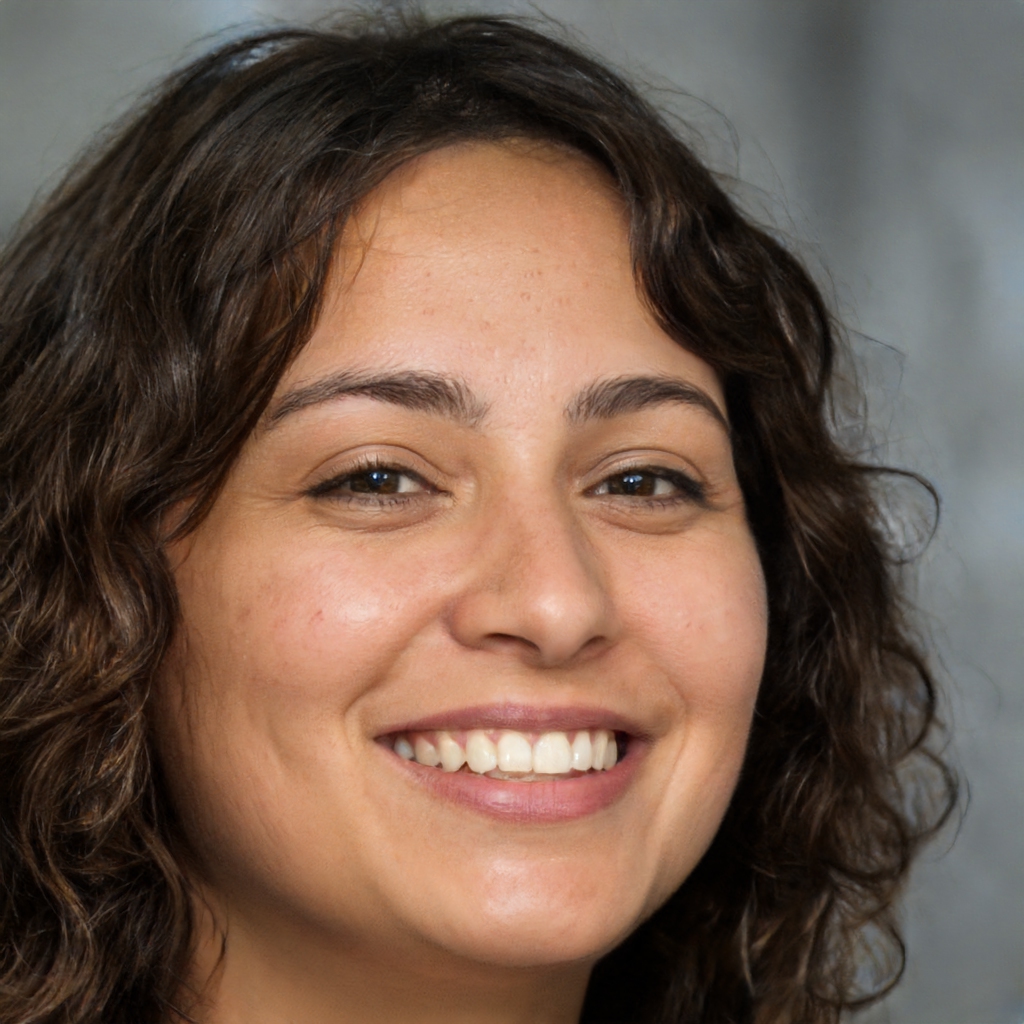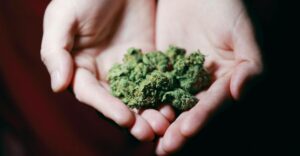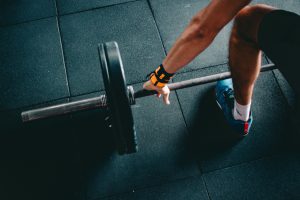Physical rehabilitation plays a vital role in the recovery process following an injury, surgery, or chronic illness. While traditional rehabilitation methods like physical therapy and medication play a vital role, there is growing interest in holistic therapies that can complement these approaches.
Techniques like acupuncture and massage enhance natural healing, helping reduce pain, improve flexibility, and promote balance.
This article will also explore how different types of massage therapy can accelerate muscle recovery and why a personalized approach combining these therapies can lead to optimal long-term results.
The Role of Holistic Therapies in Physical Rehabilitation
Holistic therapies represent an approach that considers the interconnectedness of the mind, body, and spirit and how each aspect of a person’s well-being influences others.
At the core of holistic therapies is the belief that the body has an innate ability to heal itself when provided with the right conditions. These therapies aim to create an environment conducive to healing by reducing stress, promoting relaxation, and restoring balance within the body’s systems.
Combining holistic therapies with traditional rehabilitation methods offers a comprehensive approach to recovery that addresses not just the physical aspects of healing but also the emotional and mental well-being of the patient. By customizing the treatment plan, healthcare providers can address specific issues more effectively, whether that means focusing on pain management, improving mobility, or enhancing mental well-being.
For example, a patient recovering from knee surgery might benefit from combining physical therapy exercises to strengthen the joint, acupuncture to reduce pain and inflammation, and massage therapy to alleviate muscle tension around the affected area.
If mobility is a challenge, incorporating mobility aids like crutches or walkers can provide additional support, enabling the patient to stay active and engaged in their recovery process.
For those with more significant mobility issues, a hi-low bed makes it easy to get in and out safely, reducing the strain on joints and muscles during movement.
Let us look at two popular holistic therapies in more detail.
Acupuncture in Physical Rehabilitation
Acupuncture is a time-honored practice rooted in traditional Chinese medicine (TCM) for treating various ailments by restoring balance within the body. The basic principle behind acupuncture is the concept of Qi (pronounced chee), which refers to the vital energy that flows through pathways in the body called meridians.
According to TCM, a disruption of the energy flow—whether due to injury, stress, or illness—causes imbalances, leading to pain and disease.
In an acupuncture session, a practitioner carefully places fine, sterile needles into specific points on the body, the acupuncture points. These points are strategically located along the meridians and are selected based on the symptoms and overall health condition. The goal is to stimulate these points to unblock or redirect the flow of Qi, thereby restoring balance and promoting the natural healing processes.
While this explanation stems from traditional beliefs, modern science suggests acupuncture may work by stimulating the nervous system, enhancing blood circulation, and releasing natural pain-relieving chemicals like endorphins.
In physical rehabilitation, acupuncture plays a multifaceted role in aiding recovery. One of the most well-recognized benefits of acupuncture is its ability to provide pain relief. By targeting specific points associated with pain pathways, acupuncture can help reduce both acute and chronic pain. It makes it easier for patients to engage in necessary physical therapy exercises and other rehabilitation activities without discomfort.
Additionally, acupuncture can reduce inflammation, a common issue in many conditions requiring physical rehabilitation, such as after surgery or injury. Inflammation can slow down the healing process and prolong recovery times. Acupuncture helps by promoting the release of anti-inflammatory chemicals in the body and improving blood circulation to the affected areas. It accelerates tissue repair and recovery.
Massage Therapy and its Benefits for Recovery
The beauty of massage therapy lies in its adaptability, as it encompasses a variety of techniques, each tailored to address specific needs and conditions.
One of the most common forms of massage is Swedish massage, which focuses on gentle, flowing strokes designed to relax the entire body. This type of massage is particularly beneficial for reducing stress, improving circulation, and promoting a general sense of well-being.
On the other hand, deep tissue massage involves more intense pressure and targets the deeper layers of muscle and connective tissue. This technique is ideal for releasing chronic muscle tension, which can build up from prolonged injury or overuse.
Sports massage is another specialized method often utilized by athletes to prevent injuries, enhance performance, and accelerate recovery. It incorporates stretching and massage techniques to address the specific needs of individuals engaged in physical activity.
Further, massage therapy offers many benefits that can significantly aid the recovery process. A key advantage is its ability to promote good circulation. By applying pressure and rhythmic strokes, massage helps to increase blood flow to the affected areas.
Enhanced circulation means more oxygen and nutrients reach the tissues for repairing damaged muscles, tendons, and ligaments. As such, it facilitates the removal of metabolic waste products like lactic acid, which can accumulate in muscles after injury or strenuous exercise and contribute to soreness and fatigue.
Massage therapy is also highly effective in reducing muscle tension. When muscles are tense, they can restrict movement and contribute to pain, making it difficult for individuals to engage in physical therapy exercises or other activities necessary for recovery. Techniques like deep tissue massage release these tight muscle fibers, allowing them to relax and function more efficiently.
Moreover, the physical touch involved in massage releases endorphins—natural painkillers that also elevate mood—contributing to both physical and emotional recovery.
Conclusion
Unlike conventional treatments that often focus solely on the physical symptoms of an injury or condition, holistic therapies recognize the interconnectedness of all aspects of health. Thus, patients can experience a more balanced and effective recovery process by integrating techniques like acupuncture, massage, and the strategic use of mobility aids.
Acupuncture and massage, in particular, work on multiple levels, not only alleviating pain and improving physical function but also reducing stress and promoting mental well-being. By embracing these therapies, patients can achieve short-term relief and long-term health.








